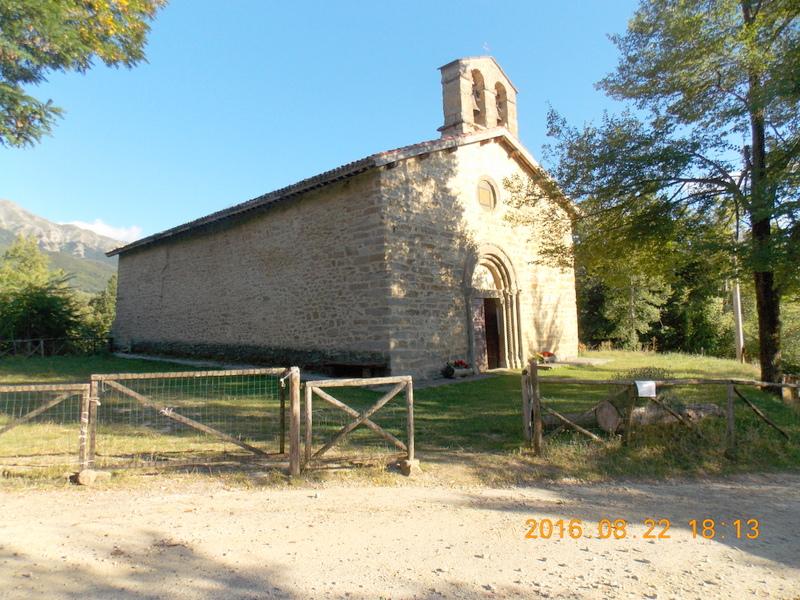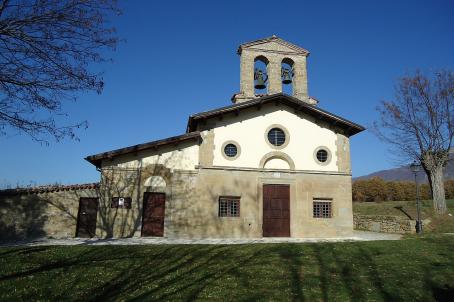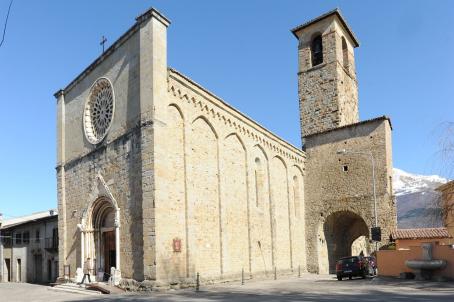Chiesa di San Martino

The church of San Martino dates back to the mid-1200s. It is believed to have been built by French soldiers who were engaged in the war between Manfredi and Corradino of Swabia against Charles I of Anjou in the years 1265/1275. Enlarged in 1422 and restored in 1479, the church has suffered considerable damage from the many earthquakes that have struck the region over the centuries. The most recent was the earthquake of 2016, which in two successive events caused its almost total destruction.




